The Mobile Money Market is currently characterized by a dynamic competitive landscape, driven by rapid technological advancements and increasing consumer demand for seamless financial transactions. Key players such as M-Pesa (KE), PayPal (US), and Alipay (CN) are at the forefront, each adopting distinct strategies to enhance their market positioning. M-Pesa (KE) continues to innovate by expanding its service offerings beyond basic money transfers, focusing on financial inclusion and partnerships with local businesses to facilitate commerce. PayPal (US), on the other hand, emphasizes digital transformation, integrating advanced AI capabilities to enhance user experience and security, thereby solidifying its presence in the global market. Alipay (CN) is strategically expanding its footprint internationally, leveraging its vast user base and technological prowess to penetrate new markets, particularly in Southeast Asia.
The business tactics employed by these companies reflect a moderately fragmented market structure, where localized strategies and supply chain optimization play crucial roles. Companies are increasingly localizing their services to cater to regional preferences, which enhances customer engagement and loyalty. This localized approach, combined with strategic partnerships, allows these players to collectively influence market dynamics, creating a competitive environment that is both challenging and opportunistic.
In August 2025, M-Pesa (KE) launched a new feature that allows users to pay for goods and services directly through QR codes, enhancing the convenience of transactions. This strategic move not only positions M-Pesa as a leader in mobile payment solutions but also aligns with the growing trend of contactless payments, which is particularly appealing in urban areas. The introduction of this feature is likely to attract more users, thereby increasing transaction volumes and reinforcing M-Pesa's market dominance.
In September 2025, PayPal (US) announced a partnership with several major retailers to integrate its payment solutions into their e-commerce platforms. This collaboration is significant as it expands PayPal's reach into the retail sector, allowing for a more seamless shopping experience for consumers. By enhancing its partnerships with retailers, PayPal is not only increasing its transaction volume but also positioning itself as a preferred payment method in the competitive online shopping landscape.
In July 2025, Alipay (CN) expanded its services to include a digital wallet feature specifically designed for international travelers, allowing them to make payments in multiple currencies without incurring high conversion fees. This strategic initiative is indicative of Alipay's commitment to enhancing user experience and catering to the needs of global consumers. By addressing the pain points associated with currency exchange, Alipay is likely to attract a broader audience, further solidifying its position in the international mobile money market.
As of October 2025, the Mobile Money Market is witnessing trends that emphasize digitalization, sustainability, and the integration of artificial intelligence. Companies are increasingly forming strategic alliances to enhance their technological capabilities and expand their service offerings. This shift indicates a movement away from traditional price-based competition towards a focus on innovation, technology, and supply chain reliability. As the market evolves, competitive differentiation will likely hinge on the ability to leverage technology and foster partnerships that enhance customer experience and operational efficiency.
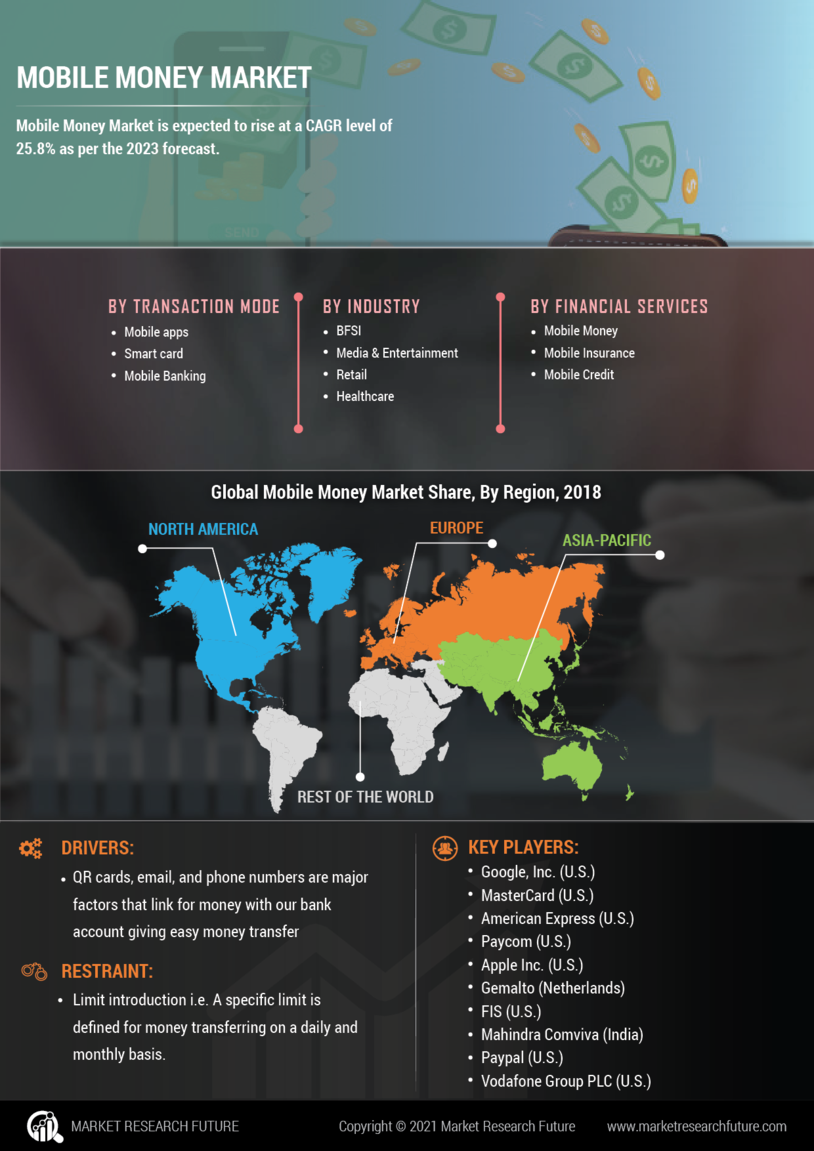

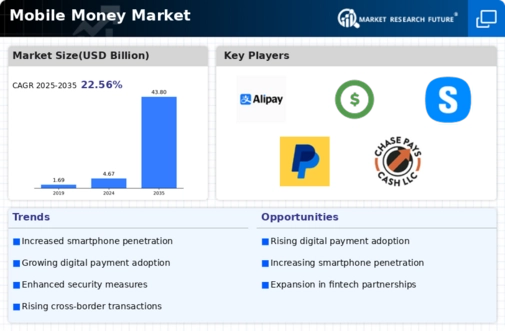

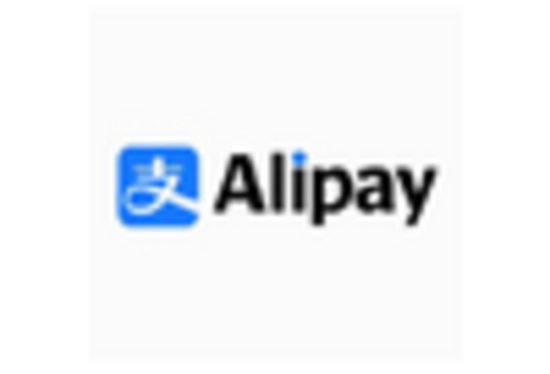
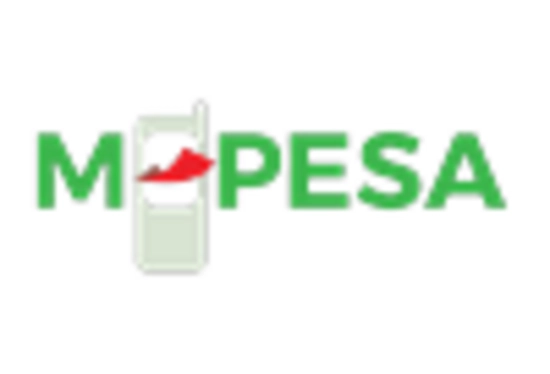



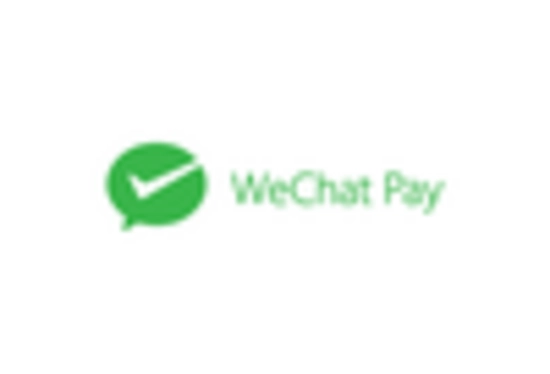








Leave a Comment